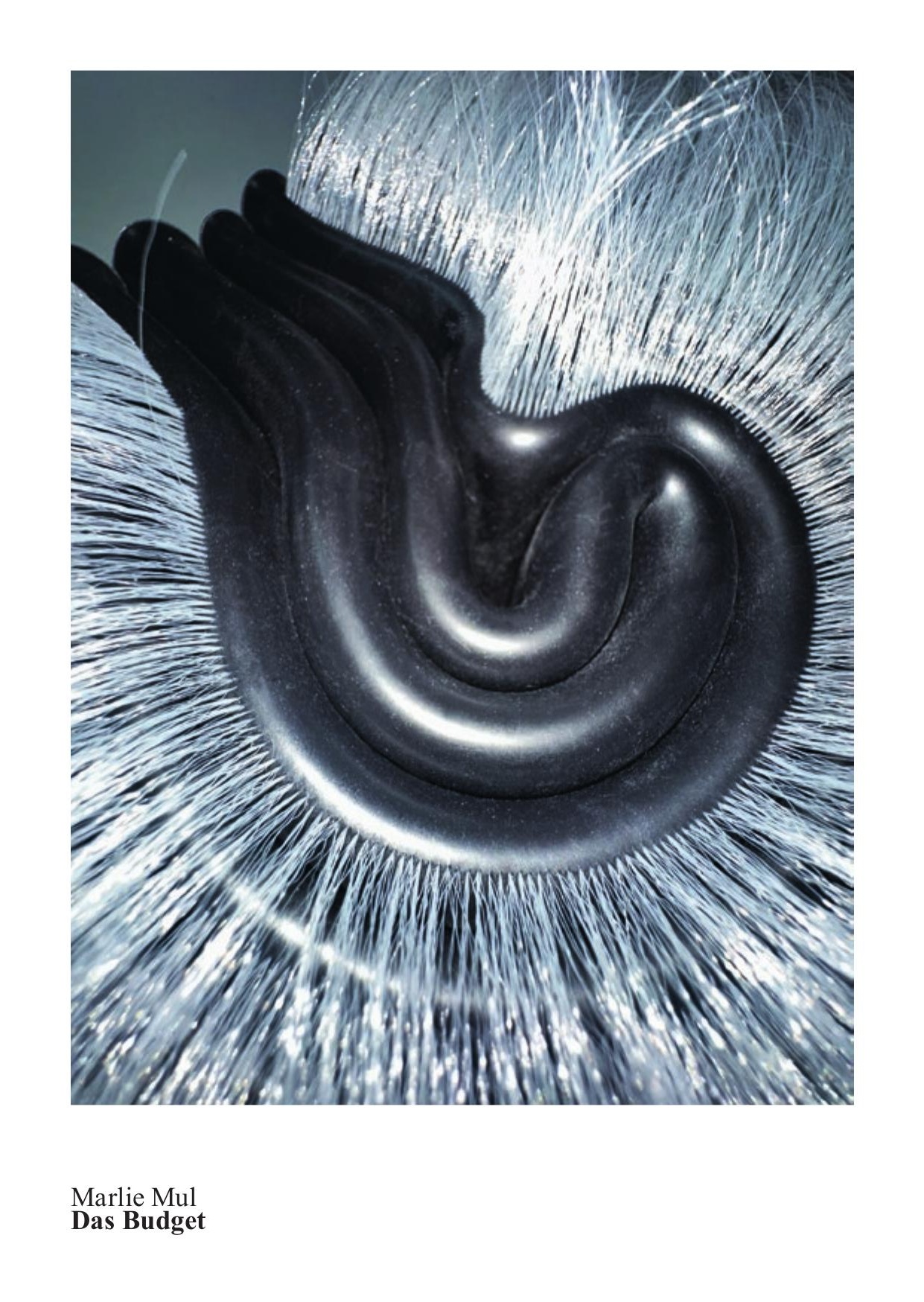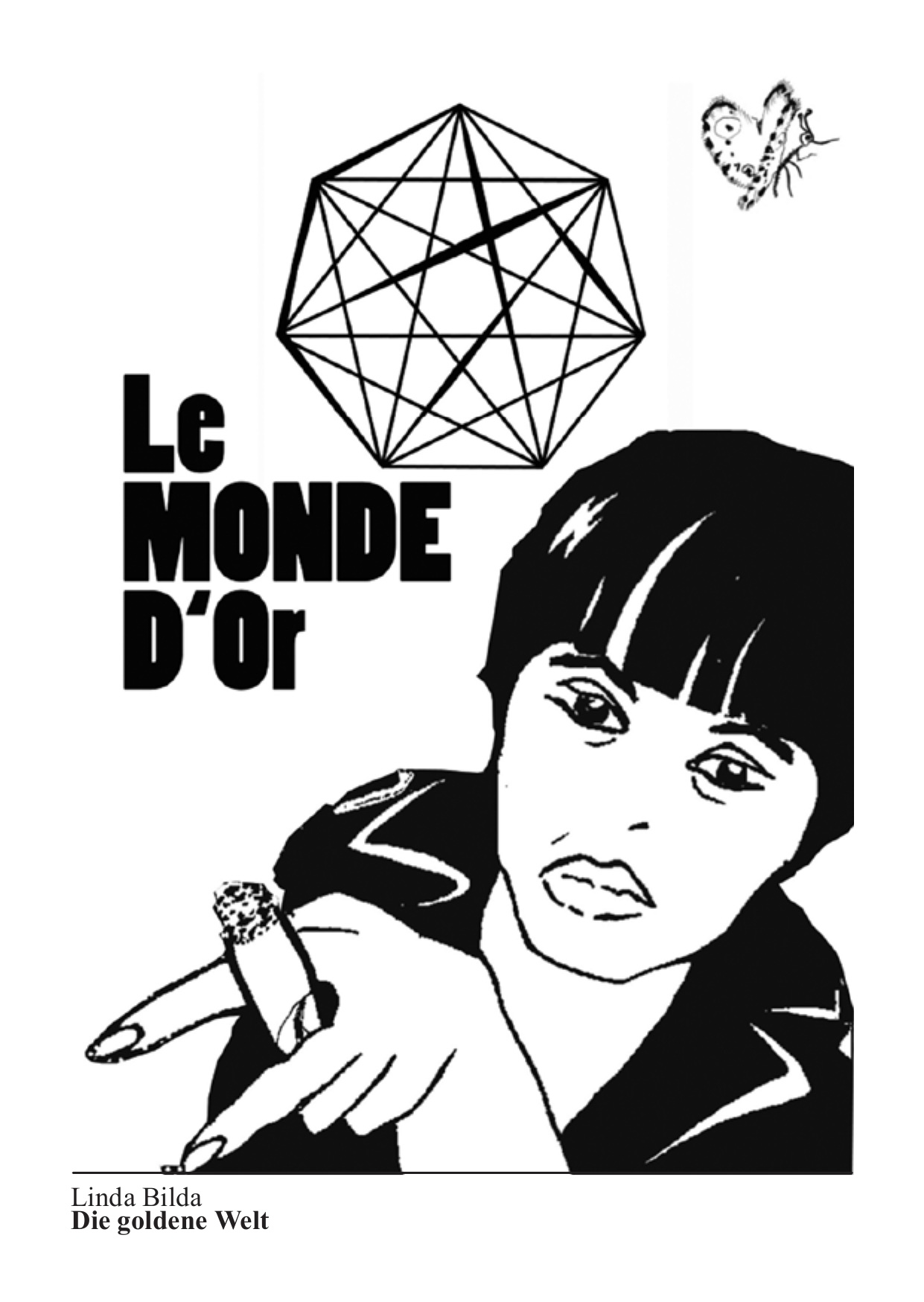4.2. – 15.4.2007
David Thorpe The Defeated Life Restored
In cooperation with the Camden Arts Centre, London and the Museum Kurhaus Kleve
The Defeated Life Restored is David Thorpe’s most ambitious installation to date. Huge, intricately carved, wood and coloured-glass screens create their own unique space. A series of large-scale botanical studies set into this astonishing structure form the backdrop to three totemic star-sculptures covered in hand-cast tiles. Known for his meticulous collages depicting extraordinary architectural propositions in fantastic natural wildernesses, Thorpe’s interests are wide. They lie in the grand failures of 17th-century land reformers, as espoused in the poetry and resistance of the Digger and Ranter movements, to the social consciousness underpinning the call for collective exercise and desire for spiritual harmony advocated by early 20th-century Arts and Crafts movements. Thorpe’s own artwork could be interpreted as containing a kind of social proclamation towards making life better, not through returning to these past ideas of utopian communities, rather through an unerring and profound sense of self-sufficiency and independency, or remaining in what he has called ‹a state of exile›.
David Thorpe’s work deals with independency - conceptually and physically - a kind of journey of discovery through literature. He writes his own poetry that has a particular authoritative style of its own. Thorpe is hugely informed by a variety of 17th century political advocates and poets, from the 17th century religious writer Abiezer Coppe to the Digger movement founded by Gerard Winstanley which advocated a kind of ‹land for all› manifesto.
Thorpe became known for his meticulous collages that combine painting, paper cut-outs, jewel-like additions and grasses. Impressive for the labour intensive and obsessive hobbyist quality of the craftsmanship involved in fashioning these ‹sublime› landscapes and buildings, they also hint at something menacing and dictatorial. They can be seen as sharing the style of arts and crafts cooperative movements from the early 20th century and the ambiguity of the extent to which freewill was usurped in the pursuit of one man’s ideals. Most recently he has eschewed those for the quieter architectural botanical studies and the screens he'll focus on here – his biggest and most ambitious installation to date.
Thorpe’s collages reference both Thomas Cole’s sublime landscapes and tourist kitsch, but here the mythic American wilderness is sullied by religious fanatics, research institutes, and military training exercises. The architecture is closer to the idiosyncratic unique voice of Bruce Goff than the utopian aspirations of Corbusier or Frank Lloyd Wright, more Bond villain houses than luxury mountain chalets, though he shares with the latter a versatile appreciation of materials.
David Thorpe’s artist’ book accompanying this exhibition is designed with John and Orna Designs London (www.johnandornadesigns.com.uk) with an essay by Catherine Wood and a Glossary by Daniel Baumann, with loose plates, art work, poems and installation views.

















